The beach huts in Marstal
At Eriks Hale in Marstal, you’ll find a selection of Ærø’s iconic beach huts – including the most famous of them all: the little red one with a thatched roof.
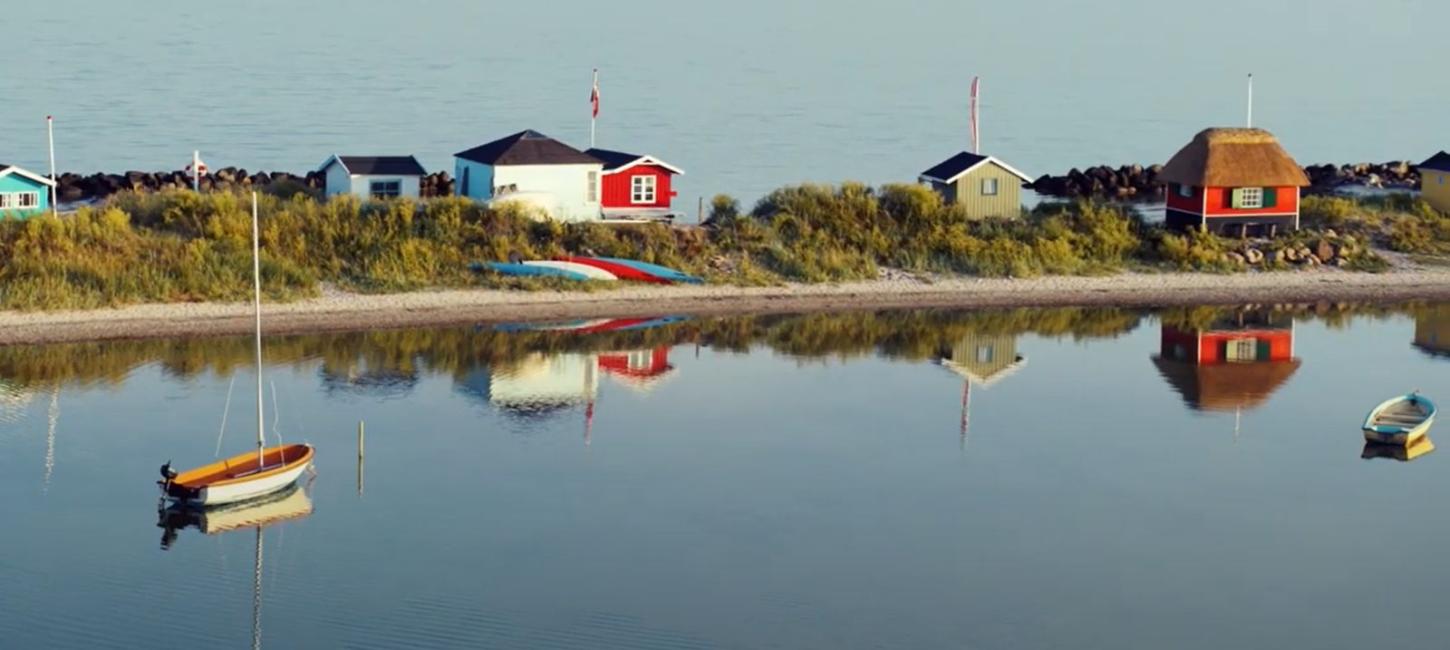
The beach huts are perhaps the most quintessentially Ærø sight. In many ways, they are the island’s hallmark – instantly recognisable and deeply cherished. Here you can discover their story and be inspired to visit them yourself.
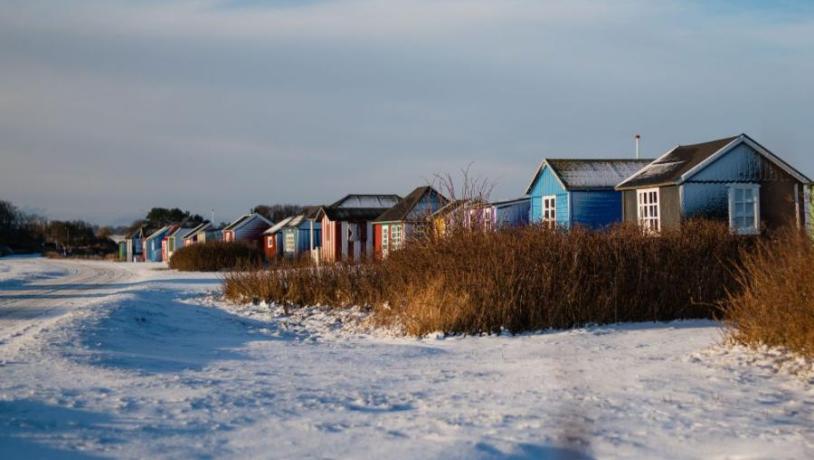
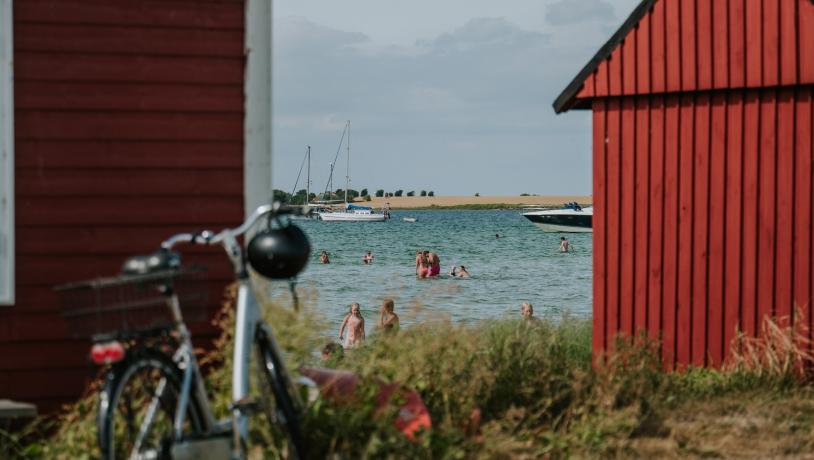
The first private beach huts on Ærø appeared in the early 1920s. They were built by locals for their own use, at Vesterstrand beach near Ærøskøbing and at Eriks Hale beach by Marstal.
The earliest huts varied greatly in style. Some were no more than simple sheds; just enough space to change into bathing clothes, while others looked more like small summer cottages. They were built for leisure and pleasure, rather like the allotment houses found in the cities, to which their design could often be compared.
At first, the huts stood at the end of a bathing jetty, but before long they were simply placed directly on the beach.
There were no official regulations governing their construction. No rules dictated where they could stand, how they should be designed, or what colours they might wear. Yet one senses that a set of unwritten rules guided their placement all the same.
As the beach huts spread, the most rudimentary sheds gradually disappeared, and many were soon adorned with a small veranda adding a touch of charm and comfort to the shoreline.
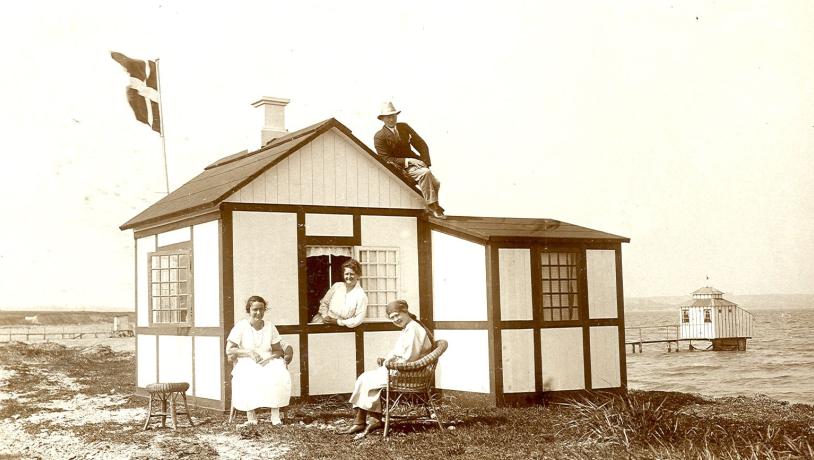
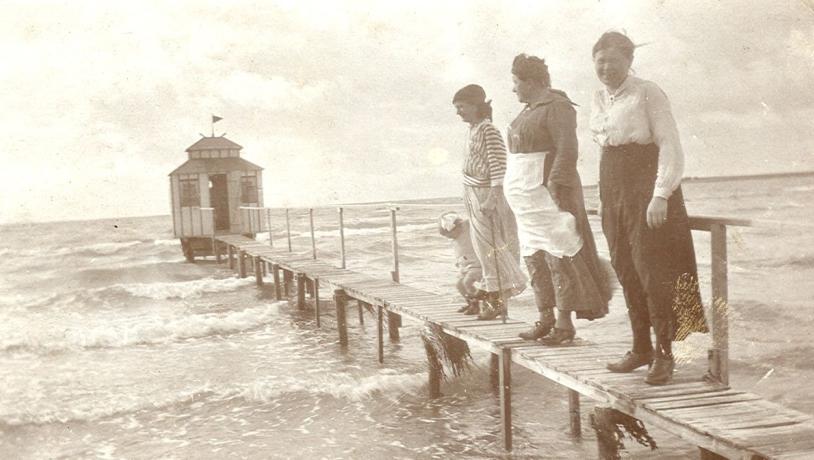
Most of the beach huts were built directly on the shoreline, which was public land.
In the early 1960s, heated debate arose over the huts’ legality, and many owners struggled to have their leases renewed.
The Conservation Board was drawn into the matter, yet by then the huts had become so deeply rooted in people’s hearts and minds that their removal was never a real option.
The dispute over the beach huts dragged on for nearly two decades, during which time various proposals were put forward in an attempt to find a settlement.
Today, the huts are recognised on several lists of protected cultural heritage. The plots on which they stand are leased in perpetuity.
But the conditions are strict: no extensions, no annexes, and no installation of electricity or water. Everything must remain exactly as it once was.
The greatest asset of the beach huts is, sadly, also their greatest challenge: their location. Standing so close to Ærø's shoreline makes them highly vulnerable to the whims of Mother Nature. The huts at Eriks Hale are especially exposed, as the spit of land is often struck hard when storms rage.
Most recently, in October 2023, a storm surge swallowed nearly all the huts at Eriks Hale, leaving the landscape permanently altered. Since then, local efforts have worked to restore both parts of the coastline and many of the iconic huts. Today, discussions are ongoing about how best to protect them against future threats – including so-called “hundred-year events” like the 2023 storm surge.
Pay a visit to the beach houses at Vesterstrand and Eriks Hale, and form your own impression of these iconic little houses by the sea.
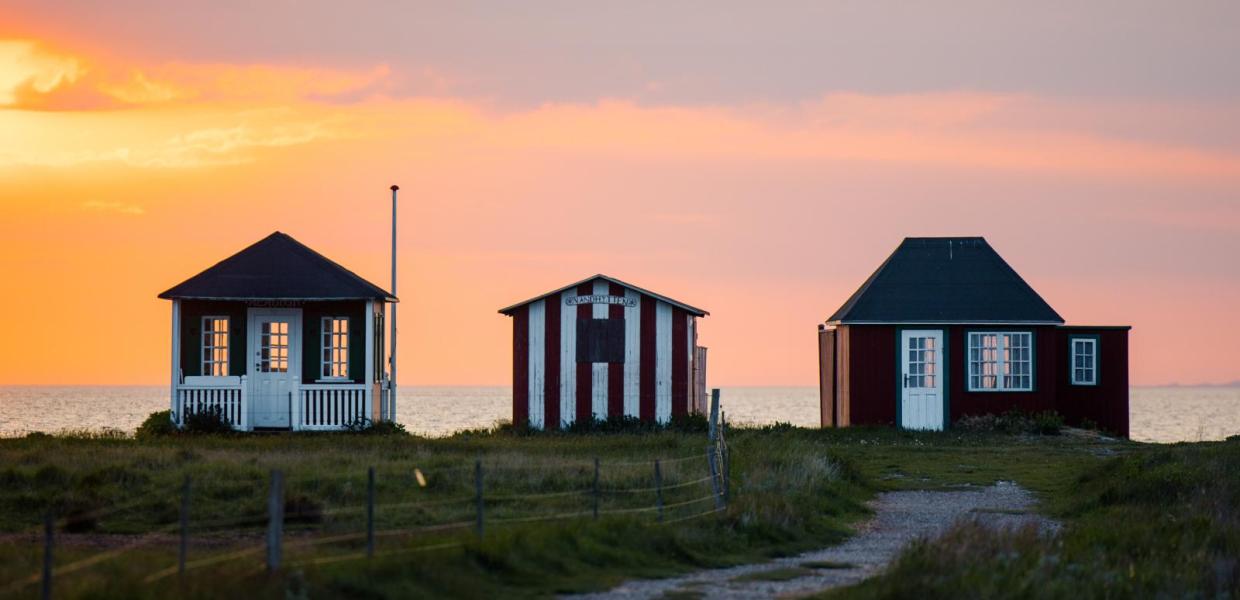
Photo:Marcel Lesch